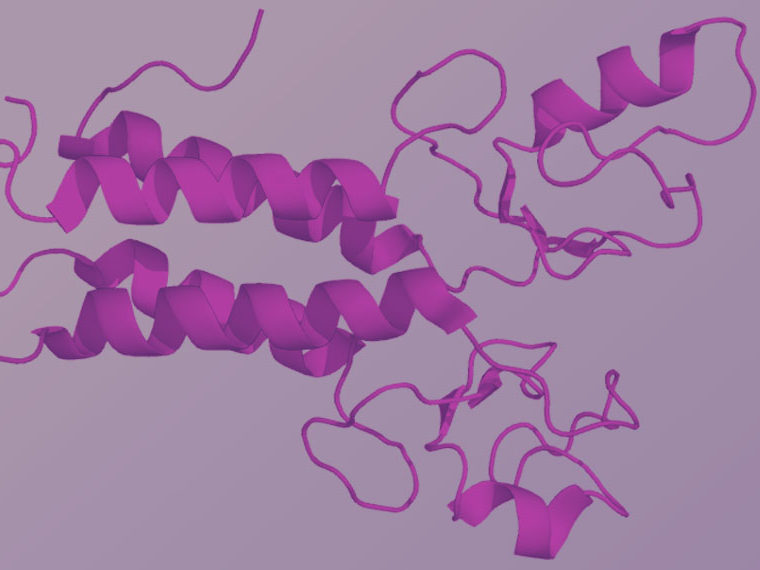Dedicated FDA staff guide companies during design of clinical trials
A Federal Drug Administration program markedly cut the time and cost of bringing to market new drugs, without increasing the likelihood of adverse reactions, according to research in progress published by the National Bureau of Economic Research.
The FDA’s Breakthrough Therapy Designation, started in 2012 mainly to get drugs for treating serious diseases out more quickly, shortened clinical development times by 23%, according to the working paper by Harvard’s Amitabh Chandra, UCLA Anderson’s Jennifer Kao, FDA’s Kathleen L. Miller, and Harvard’s Ariel D. Stern.
Opt In to the Review Monthly Email Update.
Projects with the designation saved developers a median $5 million during the late-stage trial period, which is typically the most costly part of the process, according to conservative estimates in the study.
FDA Staffers Help Identify in Flaws Project Designs
The breakthrough designation does not change the level of evidence required for approval or shorten the time regulators take to review it, according to the research. Instead, the program speeds up the design and execution of late-stage trials by giving developers access to high-level FDA officials during the design process. These regulators, who have deep experience evaluating trials and familiarity with manufacturing requirements, help developers flag potential flaws in the project setups before they become issues in review and production. The authors found that the regulatory advice provided through the program generally leads to smaller, less complex clinical trial designs with benefits to both the drug developers and the patients who take part in them, the study finds.
The researchers started with data on 396 novel drugs approved by the FDA between 2006 and 2018, including 60 approved through the breakthrough program. About half of the breakthrough drugs were cancer treatments.
Some previous research on FDA expediting programs relied largely on anecdotal evidence and have not had suitable control groups for pinning down the size of any effects noted, the study authors note.
To make progress on this issue, the researchers built a control group of drugs that are very similar to the breakthrough drugs — for example, they treat the same conditions and share similar types of active ingredients — but were approved just before the program was available.
They also matched the treatment and control groups on more measures that might skew results, such as the existence of “black box warnings” indicating known safety risks and their involvement in other FDA expediting programs. (It’s not unusual for drugs for serious illnesses to be in multiple programs intended to accelerate time to market.)
A New Way to Track Adverse Reactions in Patients
To judge the rate of adverse reactions after drugs were marketed, the researchers analyzed data from an FDA database that collects incident reports from doctors, consumers, lawyers and drugmakers. The incidents range from mild illness to life-threatening events.
Unlike past studies, which used the sheer number of incidents per month as an indication of safety, Kao and co-authors calculated the per-patient risk of an adverse effect from each drug with a ratio of incidents to treated patients. They found that any single patient taking an approved breakthrough drug was no more likely to have an adverse reaction than one taking a matched drug outside of the program.
The FDA’s breakthrough therapy program has also served as a model in part for the agency’s similar program seeking to speed up crucial medical device approvals, known as the breakthrough devices program, and for a European Union drug approval program known as PRIME, which seeks to speed crucial therapies to patients.
Featured Faculty
-
Jennifer Kao
Assistant Professor of Strategy
About the Research
Chandra, A., Kao, J., Miller, K.L. and Stern, A.D. (2022). Regulatory Incentives for Innovation: The FDA’s Breakthrough Therapy Designation.





